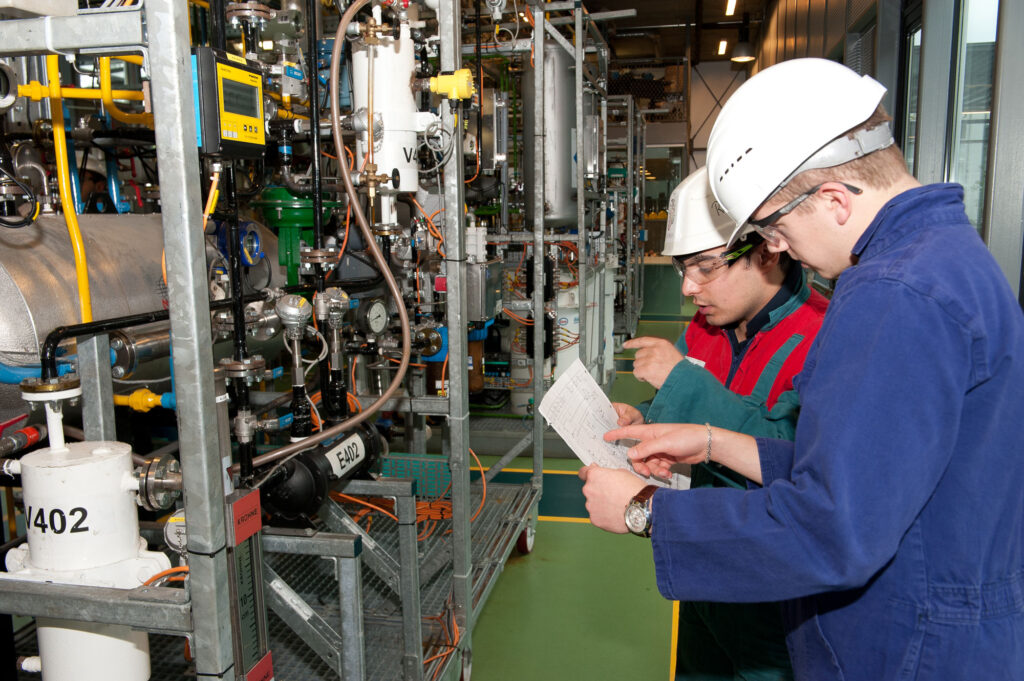Automotive Industries
Developments before World War
Despite being brief in comparison to many other businesses, the history of the automotive industry is particularly fascinating because of the impact it had on history in the 20th century. Despite the automobile’s origins in Europe in the late 19th century, the development of mass production techniques in the United States led to its entire dominance of the industry during the first half of the 20th century. The situation drastically changed in the second part of the century as western European nations and Japan emerged as significant manufacturers and exporters.
About the Automotive Industry
Given that the automobile industry is crucial to both macroeconomic expansion and technological advancement, it has historically been a reliable barometer of how the Indian economy is performing. Due to India’s large proportion of young people and expanding middle class, the two-wheeler category dominates the industry in terms of volume. Additionally, the expanding interest of businesses in investigating the rural markets contributed to the sector’s expansion. The demand for commercial vehicles is developing as a result of expanding passenger and logistical sectors. New trends, such as the electrification of vehicles, especially three-wheelers and small passenger cars, are expected to fuel market expansion in the future.India is the world’s largest tractor maker, second largest bus manufacturer, and third largest producer of heavy trucks, giving it a significant position in the market for heavy vehicles. In FY22, 22.93 million automobiles were produced annually in India.India is a significant exporter of automobiles and anticipates rapid export development in the near term. Additionally, a number of government-sponsored programmes, including the Automotive Mission Plan 2026, the scrappage policy, and the production-linked incentive programme in the Indian market, are anticipated to elevate India to a position of prominence in the global two- and four-wheeler markets by 2022.
What is an example of automotive?
Anything automotive, or “car-related,” has to do with autos. For instance, creating and selling automobiles is the only focus of the automotive sector. If your car’s windscreen wipers break, replace them at an auto parts store.Steel, aluminium, glass, plastic, rubber, magnesium, copper, and carbon fibre are the primary materials that go into the construction of automobiles and the parts and components that make them up.
The actual application of knowledge about self-propelled machines or vehicles is known as automotive technology. Students majoring in automotive technology gain knowledge of a variety of topics, including engine design, fuel and ignition systems, drivetrains, brakes, and gearboxes, as well as electronic and diagnostic tools.
What is automotive qualification?
A system or component is qualified as an automotive component when it satisfies particular manufacturing and performance requirements. The landscape of automotive qualification is dynamic.A stationary cylinder and a moving piston make up the engine. The piston is propelled by the expanding combustion gases, which turns the crankshaft. This motion ultimately propels the wheels of the car through the powertrain’s gearing system.
Applications
Mechanical testing
We at Westmoreland Mechanical Testing & Research are aware that remaining ahead of the competition requires us to be at the forefront of testing innovation for the automotive industry. We are devoted to meeting the demands of today’s automotive engineering by offering cutting-edge, timely, and trustworthy testing knowledge.
Our expertise in the field
Specialists and engineers in product evaluation of real prototype components and subassemblies work at the on-site mechanical engineering lab. Our mechanical engineers have the knowledge and tools to support our numerous testing divisions in providing data to customers in an effective and timely manner, from custom fixture design and fabrication to test execution.

Vibration analysis
Finding the natural frequency and analysing the mode shape of the vehicle chassis structure are the key goals. The analysis’ findings will be used to improve the assembly of the car’s chassis structure and examine the dynamic behaviour of the chassis under load and on real roads.
Our expertise in the field
Vibrational analysis is used to locate and remove sources of vibration that might impair motor performance, longevity, and efficiency. The fact that an electric motor’s bearings experience a lot of friction when it is running is one of the analysis’s primary applications.

Ultrasonic inspection
Ultrasonic testing in manufacturing can include a wide range of industries, including heavy-duty manufacturing, pipes, and tubes. Components must be carefully inspected during each step of the production process to find any potential faults.
Our expertise in the field
In order to address safety problems, new or modified inspection techniques and equipment are needed for the modern vehicle manufacturing industry’s various construction types and joining processes.
Modern automobile bodywork are built using a variety of connecting techniques.

Data logging
Engine and gearbox vibration monitoring, vehicle shock and vibration measurement, material testing, load testing, climate monitoring, and comfort measurements. A telematics system called a data logger can receive and gather data supplied from car sensors and ECUs.
Our expertise in the field
Using the product configurator of the desired MSR data logger, you can freely put together the housing, battery and sensors. The tough MSR data recorders use cutting-edge sensor and processing technology to continuously record factors including acceleration, shock, pressure, temperature, and humidity. The automotive and automobile industries can employ them for a variety of purposes.


Tomorrow's competitive advantage for the automotive industry – starting today
Digital Enterprise is Kelfos’ entire portfolio for digital transformation, including solutions tailored to the automobile industry’s specific needs. Among industrial businesses, the automotive industry is a technological trailblazer. It is a driver of the new era of digitization and continues to evolve at a rapid pace. The automobile sector can turn their ideas into successful vehicles faster and more efficiently thanks to digitalization and the Digital Enterprise solution portfolio.
The most comprehensive digital twin
The Digital Enterprise’s holistic strategy to generating digital twins in the automotive industry has a number of practical advantages: During the development of new cars, you can significantly minimise the number of prototypes required.
Need a Consultation? Contact Us 24/7
Innovative Test & Measurement Solutions for Market Leadership




